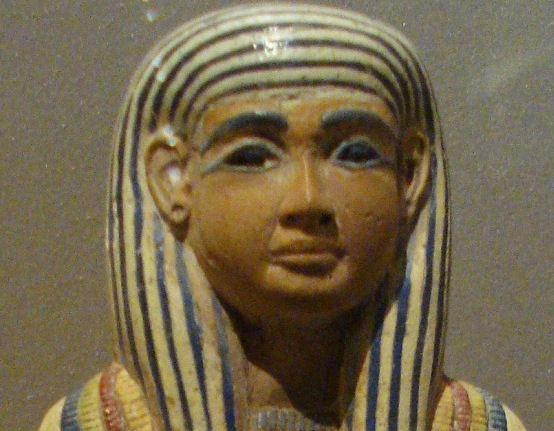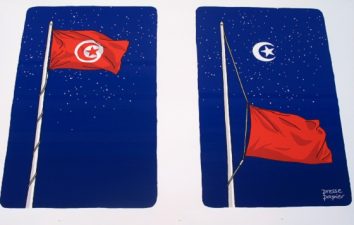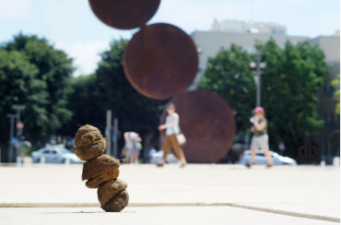None of Egypt’s pyramids existed. Khafre wouldn’t commission the Great Pyramid of Giza for another 1500 years. But some time around 4000 BCE an Egyptian artist discovered the secret. This secret was the wonderful alchemy which transformed sand, ash, calcite lime, copper and fire into a lustrous blue-green gem worthy of the pharaohs. Faience, also known as Egyptian paste, is the basis for the world’s first glazed ceramic. The faience recipe improved and spread to Persia, Turkey and througout the Indus valley. Now researchers from the University of Western England believe faience may also be the key to better 3D printing.
“It is fascinating to think that some of these ancient processes, in fact the very first glazed ceramics every created by humans, could have relevance to the advanced printing technology of today. We hope to create a self-glazing 3D printed ceramic which only requires one firing from conception to completion rather than the usual two.”
[youtube]http://www.youtube.com/watch?v=r0TQKm5ciY0[/youtube]
Photo of Shawabti of Lady Sati (1390-1352 BCE) by David Liam Moran via Wikimedia commons.





I read this post fully regarding the difference of latest and earlier technologies, it’s
amazing article.
Here is my web blog: Online Content
Commrcial sources are available for 3d printed ceramic materials. Check our web for more info.